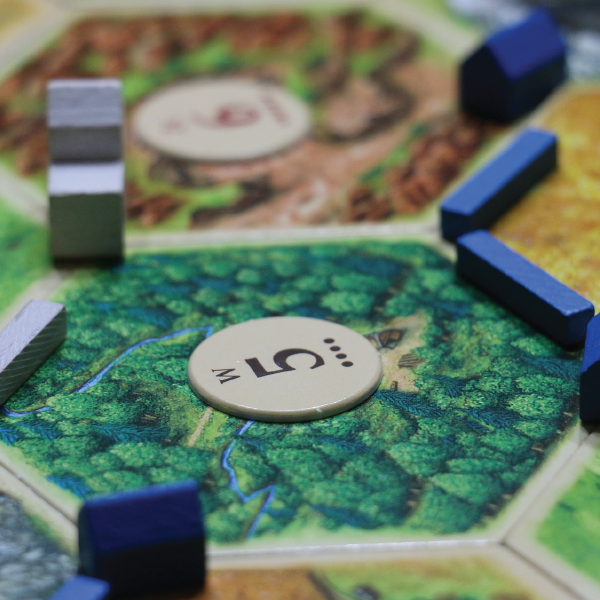Summary: Gamification describes the process of applying game-related principles — particularly those relating to user experience and engagement — to non-game contexts such as education.
Originators and Key Contributors: In 1980, Thomas Malone published the study “What Makes Things to Learn: A Study of Intrinsically Motivating Computer Games.”[1] Later, in 2002, the Woodrow Wilson International Center for Scholars, based in Washington D.C., established the Serious Games Initiative to explore the application of game principles to public policy issues. From that initiative, gamification for education emerged and gradually evolved into a field of study. The term gamification was coined in 2003 by Nick Pelling[2][3]. Today, many game researchers including Katie Salen, founder of the Quest to Learn public school, Jane McGonigal, Director of Game Research and Development at the Institute for the Future, and Joey J. Lee, Director of the Games Research Lab at Teachers College, Columbia University, have extended serious advancements in the application of gamification (or “gameful thinking”) to educational contexts.
Keywords: gamification, education, learning, classroom, engagement, motivation
Gamification in Education
Gamification in education, or gamification in learning, is sometimes described using other terms: gameful thinking, game principles for education, motivation design, engagement design, etc. It is different from game-based learning in that it does not involve students making their own games or playing commercially-made video games. It operates under the assumption that the kind of engagement that gamers experience with games can be translated to an educational context towards the goals of facilitating learning and influencing student behavior. Since gamers voluntarily spend countless hours playing games and problem-solving, researchers and educators have been exploring ways to harness videogames’ power for motivation and apply it to the classroom.
Game Elements
Gamification in learning involves incorporating game elements to motivate learners. Some of these elements include the following:
- Narrative
- Immediate feedback
- Fun
- “Scaffolded learning” with challenges that increase
- Mastery (for example, in the form of leveling up)
- Progress indicators (for example, through points/badges/leaderboards, also called PBLs)
- Social connection
- Player control
A classroom that contains some or all of these elements can be considered a “gamified” classroom. The best combinations, the ones that create sustained engagement, consider the unique needs of the learners and do more than just use points and levels to motivate players. The most effective gamification systems make use of other elements such as narrative and connection with fellow players/learners to really capture the learner’s interest.
Benefits to Gamification in Education
Gamification in education offers many possible benefits, including the following:
- Students feel ownership over their learning
- More relaxed atmosphere in regard to failure, since learners can simply try again
- More fun in the classroom
- Learning becomes visible through progress indicators
- Students may uncover intrinsic motivation for learning
- Students can explore different identities through different avatars/characters
- Students often are more comfortable in gaming environments
Application
There are three main ways that gamification can be applied to a learning environment. These include adapting grades, changing the classroom language, and modifying the structure of the class. Instead of solely using letter grades, there might be a ladder of experience points (XP) that the student climbs. These XP might then translate to letter grades that are assigned based on how many XP each student has accrued. With respect to changing the language that is used in the classroom, completing an assignment might be referred to as “embarking on a quest.” To gamify the structure of the classroom, a teacher might organize students into “guilds” or “leagues” that work together to complete quests and rack up points. A structural narrative can also function as a strong motivator and as reinforcement for the learning material, especially if the narrative fits the learning content. A unit on world geography, for example, might divide students into teams of explorers that are each assigned a country to “explore” and report on.
Examples
There are now numerous examples of gamification applied to learning environments, both offline and online. Quest to Learn (Q2L), a public school based in New York City, opened in 2009 to offer its first class of sixth graders a gamified curriculum in which learning happens through the motivation of play. As an example, through the school’s unified math and science track called “The Way Things Work,” one game has students help a shrunken scientist navigate throughout the human body. Another example of gamification in learning is the Khan Academy, which is an online gamified learning platform that features instructional videos and exercises on a variety of topics. In 2010, Khan Academy introduced badges as motivation for learning. There are hundreds of badges organized into different types, which include moon badges given for significant investment in learning and sun badges given for dedication.
For more information, please see: (a couple links to additional reading).
In The Gamification of Learning and Instruction, Karl Kapp defines and elucidates the concept of gamification and introduces various examples of gamification at work in education. This book is an excellent nuts-and-bolts guide that is grounded in solid research and would serve educators interested in this topic well.
Rules of Play is a book written by Katie Salen, designer of the gamified NY public school Quest to Learn, and Eric Zimmerman. Presenting games through a series of eighteen “game design schemas,” this book is an excellent primer for anyone interested in principles of game design that would undoubtedly prove valuable for non-game contexts.
Gamification Research Network – A community of gamification researchers, featuring news, papers and other resources.
Gamification in Education: What, How, Why Bother? by Joey J. Lee and Jessica Hammer. A nice summary of issues surrounding gamification in education.
References
- Malone, T. W. (1981). What makes things fun to learn? A study of intrinsically motivating computer games. Pipeline, 6(2), 50.
- Yang, Y. (2014). Three Questions to Ask Before You Embark on Gamification.eLearn, 2014(11), 4.
- Leaning, M. (2015). A study of the use of games and gamification to enhance student engagement, experience and achievement on a theory-based course of an undergraduate media degree. Journal of Media Practice, 16(2), 155-170.




